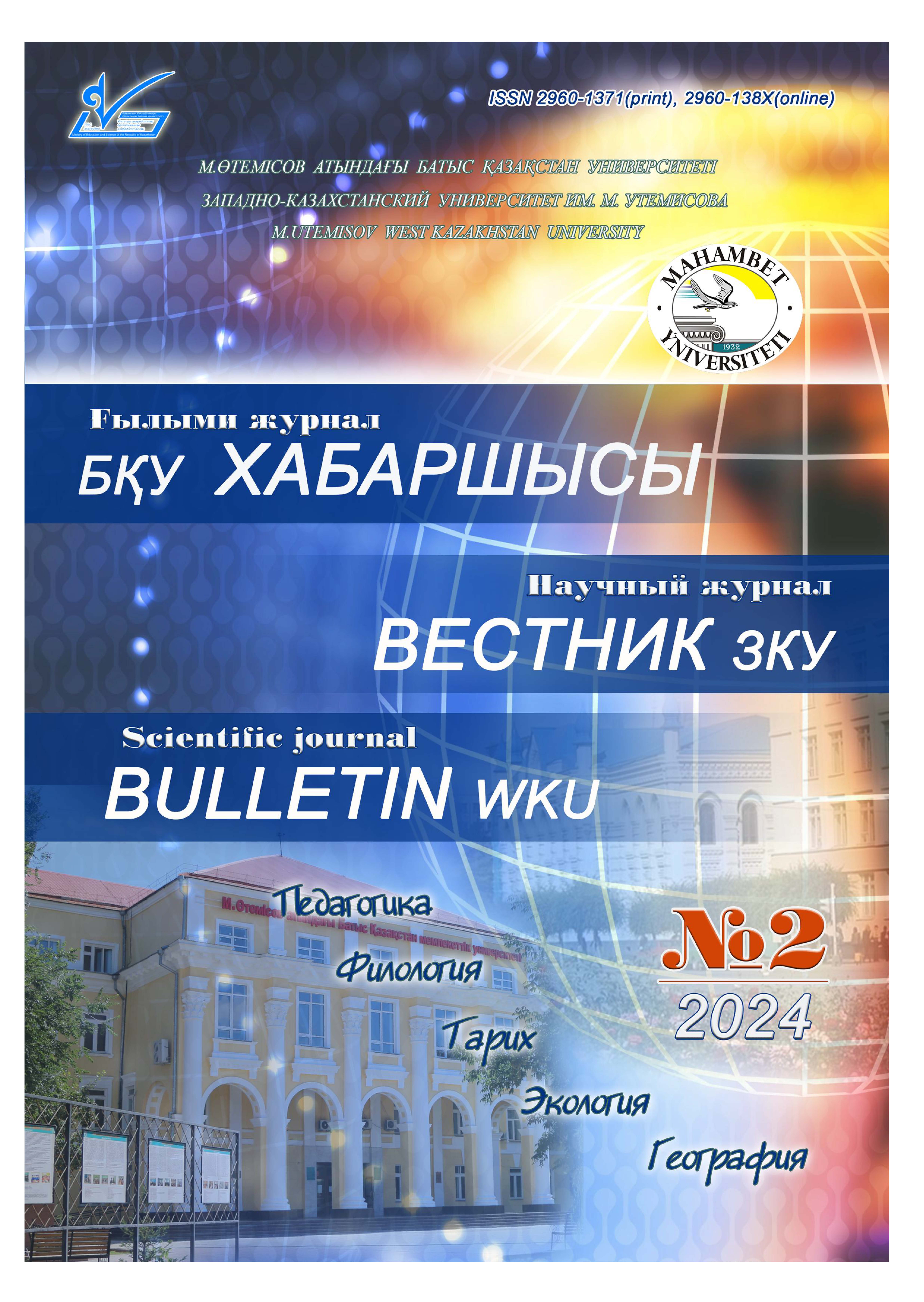GARDEN CRESS (LEPIDIUM SATIVUM L.) AS A BIOINDICATOR FOR ASSESSING AIR POLLUTION
Abstract
This study explores the significance of bioindication in assessing environmental quality, emphasizing the utility of garden cress (Lepidium sativum) as a bioindicator for determining air pollution levels. Bioindication offers a simple and rapid method for evaluating environmental conditions using living organisms, eliminating the need for specialized equipment. Garden cress, known for its sensitivity to soil contamination and air pollutants, demonstrates rapid seed germination and noticeable morphological changes when exposed to pollutants. The research methodology involves biotesting, snow sampling, and germination testing to assess environmental pollutants and their impact on plant growth. Results indicate varying pollution levels across different sampling locations, with pollutants increasing snow acidity and affecting seed germination rates. The study underscores the effectiveness of Lepidium sativum as a bioindicator, highlighting its rapid growth and sensitivity to environmental shifts. Ultimately, this research contributes to understanding the impact of pollutants on plant ecosystems and emphasizes the importance of environmental protection and conservation efforts.



